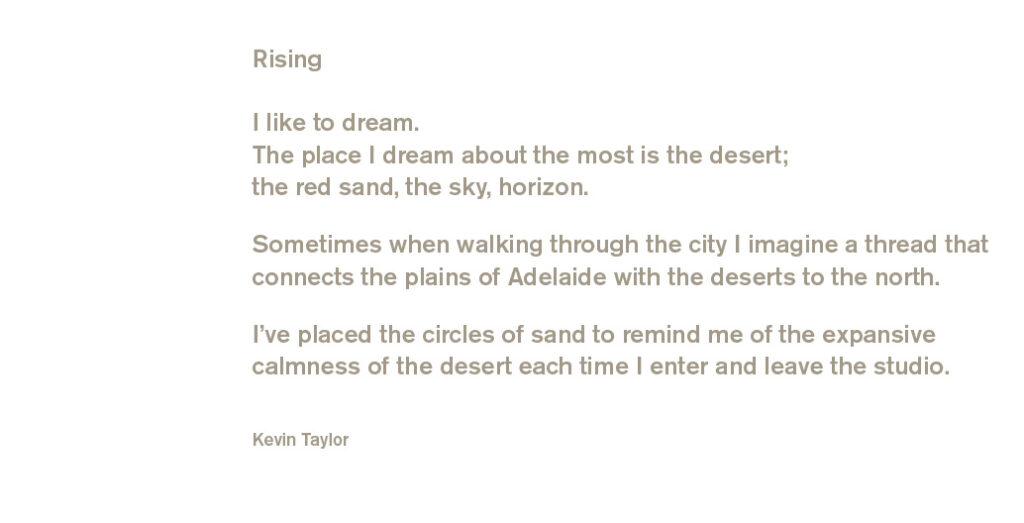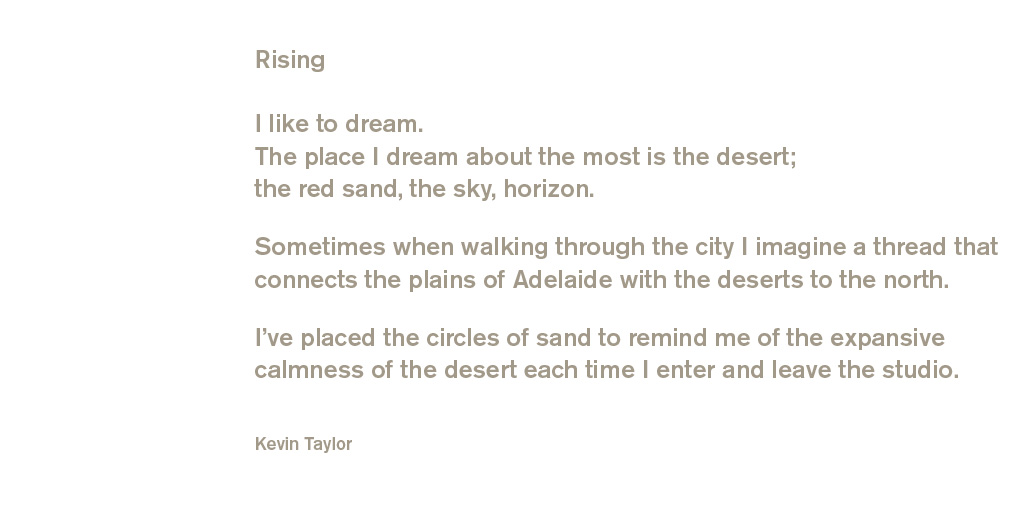
Exploring the Soul of Down Under: An Anthology of Australian Landscape Poems
Australia, a continent of stark contrasts and breathtaking beauty, has long served as a muse for poets. From the sun-drenched beaches of the Gold Coast to the vast, arid expanse of the Outback, the Australian landscape has inspired countless verses that capture the essence of this unique land. This article delves into the world of Australian landscape poems, exploring how poets have used language to paint vivid pictures of the natural world and to reflect on the relationship between humanity and the environment.
The Unique Allure of Australian Landscape Poetry
What sets Australian landscape poems apart is their ability to capture the distinct character of the country. It’s not just about pretty scenery; it’s about the harsh realities, the resilient spirit, and the ancient history etched into the land. These poems often explore themes of isolation, survival, and the complex relationship between Indigenous Australians and the land.
Early Voices: Pioneers of Australian Verse
The early days of Australian poetry were heavily influenced by European traditions, but as the nation developed its own identity, so too did its poetic voice. Poets like Henry Lawson and Banjo Paterson, while often romanticizing the bush, began to capture the spirit of the Australian Outback. Their works, often ballads and narrative poems, depicted the lives of stockmen, shearers, and drovers, set against the backdrop of the vast, unforgiving landscape.
Henry Lawson: The Voice of the Bush
Henry Lawson, a prominent figure in Australian literature, is renowned for his realistic depictions of bush life. His poems, such as “The Bush Undertaker” and “Faces in the Street,” offer a glimpse into the hardships and resilience of those who lived and worked in the Australian Outback. Lawson’s work often reflects a deep empathy for the working class and a critical perspective on social inequalities.
Banjo Paterson: The Balladeer of the Outback
Andrew Barton “Banjo” Paterson, another iconic Australian poet, is best known for his ballads celebrating the spirit of the bush. “The Man from Snowy River” and “Waltzing Matilda” are among his most famous works, capturing the daring and adventurous spirit of the Australian Outback. While his poems often romanticize the bush, they also provide valuable insights into the culture and values of the time.
Modern Interpretations: A Changing Landscape
As Australia has evolved, so too has its poetry. Modern Australian landscape poems often reflect a more complex and nuanced understanding of the environment. They grapple with issues such as climate change, urbanization, and the ongoing impact of colonization on Indigenous communities.
Judith Wright: A Champion of Conservation
Judith Wright, a leading figure in Australian poetry, was a passionate advocate for environmental conservation and Indigenous rights. Her poems, such as “Bullocky” and “South of My Days,” celebrate the beauty and fragility of the Australian landscape while also acknowledging the impact of human activities on the environment. Wright’s work often explores the interconnectedness of all living things and the importance of preserving the natural world for future generations.
Les Murray: The Rural Bard
Les Murray, widely regarded as one of Australia’s greatest poets, is known for his rich and evocative depictions of rural life. His poems, often characterized by their dense language and intricate imagery, capture the rhythms and textures of the Australian countryside. Murray’s work often explores themes of identity, belonging, and the relationship between humanity and the land.
Indigenous Perspectives: A Deep Connection to Country
For Indigenous Australians, the land is not merely a physical space but a living entity imbued with spiritual significance. Indigenous Australian landscape poems offer a unique perspective on the environment, reflecting a deep connection to Country that has been cultivated over tens of thousands of years. These poems often express a profound sense of belonging, respect, and responsibility towards the land.
Oodgeroo Noonuccal: A Voice for Her People
Oodgeroo Noonuccal, formerly known as Kath Walker, was a groundbreaking Indigenous Australian poet, activist, and educator. Her poems, such as “We Are Going” and “My People,” address the injustices faced by Indigenous Australians and celebrate the resilience of her culture. Noonuccal’s work often emphasizes the importance of land rights, cultural preservation, and reconciliation.
Kevin Gilbert: A Powerful Voice of Protest
Kevin Gilbert was an Indigenous Australian poet, playwright, and activist who used his writing to challenge the dominant narratives of Australian history. His poems, often characterized by their raw honesty and powerful imagery, expose the brutal realities of colonization and the ongoing struggles faced by Indigenous communities. Gilbert’s work often calls for justice, equality, and self-determination for Indigenous Australians.
Themes in Australian Landscape Poetry
Several recurring themes emerge in Australian landscape poems, reflecting the unique characteristics of the environment and the cultural experiences of its inhabitants.
- Isolation and Loneliness: The vastness and remoteness of the Australian landscape can evoke feelings of isolation and loneliness, which are often explored in these poems.
- Resilience and Survival: The harsh climate and challenging conditions of the Australian Outback have fostered a spirit of resilience and survival, which is celebrated in many poems.
- The Beauty and Fragility of the Environment: Australian landscape poems often capture the beauty and fragility of the natural world, highlighting the importance of conservation and environmental stewardship.
- The Relationship Between Humanity and the Land: These poems often explore the complex relationship between humanity and the land, reflecting on the impact of human activities on the environment and the importance of living in harmony with nature.
- Indigenous Connection to Country: Indigenous Australian landscape poems offer a unique perspective on the environment, reflecting a deep spiritual connection to Country that has been cultivated over generations.
Analyzing Australian Landscape Poems: A Deeper Dive
Analyzing Australian landscape poems involves understanding the context in which they were written, the literary devices employed by the poet, and the themes they explore. Consider the following elements when analyzing a poem:
- Imagery: Pay attention to the vivid images and sensory details that the poet uses to create a picture of the landscape.
- Symbolism: Look for symbols that represent deeper meanings or ideas related to the environment.
- Tone: Identify the overall tone of the poem, whether it is celebratory, melancholic, or critical.
- Structure: Analyze the structure of the poem, including its rhyme scheme, meter, and stanza form.
- Themes: Identify the main themes of the poem, such as isolation, resilience, or the relationship between humanity and the land.
Finding Inspiration in Australian Landscape Poetry
Whether you are a seasoned poet or simply appreciate the beauty of the Australian landscape, exploring Australian landscape poems can be a rewarding experience. These poems offer a glimpse into the soul of Down Under, capturing the essence of this unique land and its people. They can inspire you to reflect on your own relationship with the environment and to appreciate the beauty and fragility of the natural world. Consider visiting the locations described in the poems to deepen your understanding and connection. [See also: Exploring Australian National Parks]
The Enduring Legacy of Australian Landscape Poems
Australian landscape poems continue to resonate with readers today, offering a powerful reminder of the importance of preserving the natural world and celebrating the cultural heritage of the nation. These poems serve as a testament to the enduring power of language to capture the beauty, complexity, and challenges of the Australian landscape. The tradition of Australian landscape poems evolves with each generation, reflecting contemporary concerns and perspectives while honoring the legacy of past poets. The exploration of Australian landscape poems is an ongoing journey, offering new insights and perspectives with each reading. Furthermore, the study of Australian landscape poems provides a valuable lens through which to understand the cultural and environmental history of the nation. The influence of Australian landscape poems extends beyond the literary realm, inspiring artists, musicians, and filmmakers to capture the essence of the Australian landscape in their own creative works. The preservation of Australian landscape poems is essential for future generations, ensuring that these powerful voices continue to be heard. The study of Australian landscape poems can also foster a deeper appreciation for the diversity of Australian culture and the importance of reconciliation with Indigenous communities. The creation of Australian landscape poems continues to thrive, with contemporary poets offering fresh perspectives on the environment and its challenges. Finally, let us cherish the value of Australian landscape poems as a window into the soul of Australia.

